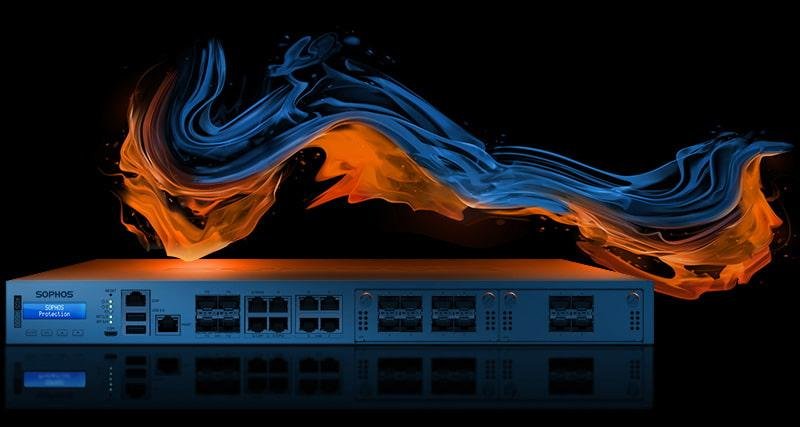What is meant by PAS? (Privileged Access Security)
Privileged Access Security (PAS) refers to the set of technologies, practices, and policies designed to protect and control access to privileged accounts within an organization’s IT infrastructure. Privileged accounts typically have elevated privileges and permissions that allow users to perform sensitive or critical operations, such as system administration, network configuration, database management, or access to confidential information.
Given their extensive capabilities, privileged accounts are attractive targets for cyber attackers. If compromised, these accounts can be used to gain unauthorized access, escalate privileges, steal sensitive data, or disrupt critical systems. Therefore, privileged access security aims to mitigate these risks by implementing controls and safeguards to ensure that privileged accounts are properly managed, monitored, and protected.
Now, we know the key elements of Privileged Access security
- Privileged Account Management (PAM): This involves identifying and managing all privileged accounts across the organization, including individual and shared accounts. PAM solutions enforce strong password policies, enable secure storage of credentials, and provide centralized management and auditing capabilities.
- Access Control and Least Privilege: The principle of least privilege is applied to limit access rights to privileged accounts. Users are granted only the minimum privileges necessary to perform their specific roles or tasks. Access control mechanisms, such as multi-factor authentication (MFA), are implemented to verify the identity of users attempting to access privileged accounts.
- Privileged Session Management: Tools and techniques are employed to monitor and record activities performed during privileged sessions. Session monitoring helps detect any suspicious behavior, provides an audit trail for accountability, and ensures compliance with regulatory requirements.
- Privilege Elevation and Delegation: Organizations employ mechanisms to temporarily elevate privileges for authorized users when necessary, ensuring that they can perform required tasks without constantly operating with elevated access. Privilege delegation allows users to carry out specific privileged actions without exposing the underlying credentials.
- Monitoring and Auditing: Comprehensive monitoring and auditing capabilities are implemented to track and record privileged access events, including login attempts, actions performed, and changes made to systems. These logs can be used for incident response, forensics, and compliance purposes.
- Privileged Access Analytics: Advanced analytics and machine learning techniques are used to identify anomalous behavior, detect potential security threats, and generate alerts or notifications for suspicious activities involving privileged accounts.
By implementing privileged access security measures, organizations can significantly reduce the risk of unauthorized access, insider threats, and external attacks targeting privileged accounts. These practices help ensure the integrity, confidentiality, and availability of critical systems and data, while also enhancing overall cybersecurity posture.






